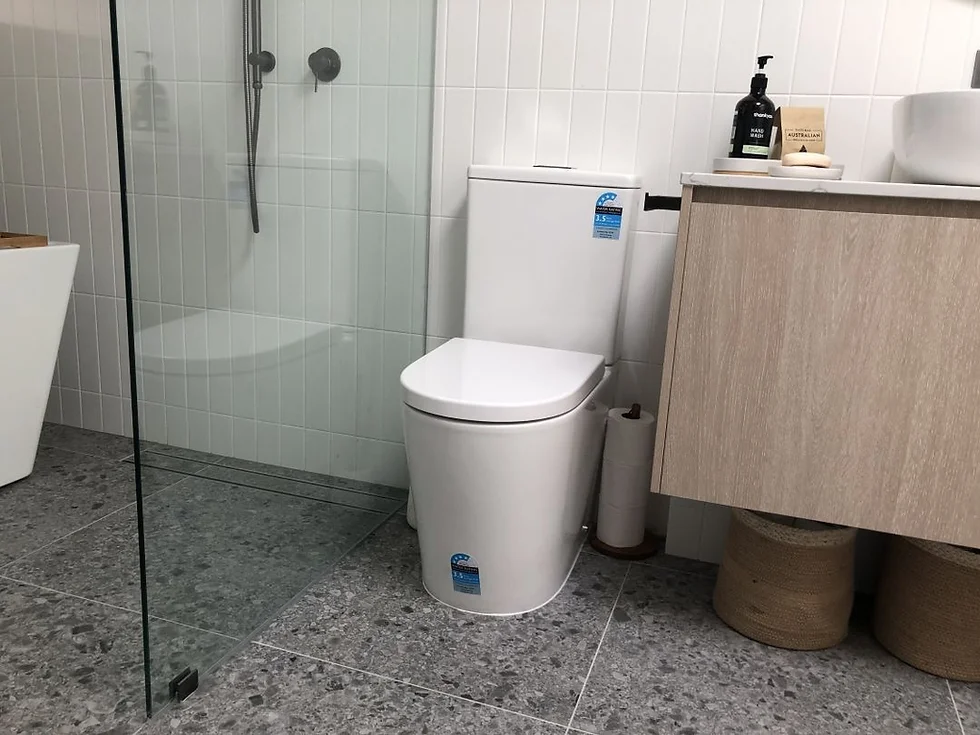Toilets are essential fixtures in our daily lives, yet many of us take their functionality for granted. Understanding how a toilet flushes involves delving into its design, mechanisms, and the physics that make this seemingly simple process possible. In this article, we will explore the intricate details of toilet flushing, providing you with a comprehensive overview of its operation and components.
The Basic Components of a Toilet
Before we dive into the flushing mechanism, it's crucial to familiarize ourselves with the main components of a toilet:
1. Tank: This is the upper part of the toilet that holds water used for flushing.
2. Bowl: The lower part where waste is deposited.
3. Flush Handle: A lever that initiates the flushing process.
4. Flapper Valve: A rubber valve that controls the flow of water from the tank to the bowl.
5. Fill Valve: Also known as a ballcock, this valve refills the tank after a flush.
6. Overflow Tube: Prevents the tank from overflowing by redirecting excess water into the bowl.
The Flushing Process Explained
Initiating the Flush
When the flush handle is pressed, it activates a lift chain connected to the flapper valve. This mechanism allows the flapper to rise, creating an opening for water to flow from the tank into the bowl. The flush handle's action is pivotal, as it sets the entire flushing process in motion.
Water Release and Flow
As the flapper valve lifts, gravity pulls the water down from the tank into the bowl. This sudden influx of water generates a massive hydraulic force that effectively pushes the waste material out of the bowl and down through the trapway, a curved channel at the bottom of the toilet. The trapway is designed to maintain a seal, preventing sewer gases from entering the bathroom.
Creating a Vacuum
As the water exits the bowl, it creates a negative pressure or vacuum effect in the trapway. This vacuum is crucial as it helps pull waste away from the bowl and into the sewer system. The unique shape of the bowl and trapway allows for optimal waste removal, ensuring that the flushing process is both efficient and effective.
The Role of Siphoning
The principle of siphoning plays a significant role in toilet flushing. Once the water level in the bowl drops below a certain point, the siphon effect begins. This phenomenon occurs as the water in the trapway creates a continuous flow, further enhancing the removal of waste. The siphon action is essential for ensuring that all waste is eliminated in one flush, minimizing the need for multiple flushes.
Refilling the Tank
After the flush is complete, the flapper valve falls back into place, sealing off the tank. The fill valve then activates to refill the tank with water. This process usually takes about a minute, after which the toilet is ready for the next use. The float mechanism in the fill valve ensures that the tank fills to the correct level, preventing overflow.
Factors Affecting Toilet Flushing Efficiency
While most modern toilets are designed for optimal flushing efficiency, several factors can impact their performance:
Toilet Design
The design of the toilet itself can greatly affect flushing efficiency. Toilets with a larger trapway diameter tend to flush more effectively, as they can better accommodate the waste flow. Additionally, the shape of the bowl can influence how waste is moved during the flushing process.
Water Pressure
Adequate water pressure is essential for an effective flush. Low water pressure can result in a weak flush, leaving waste behind. If a toilet is consistently underperforming, checking the water supply and pressure is a vital step.
Maintenance and Blockages
Regular maintenance is crucial for ensuring that toilets function correctly. Blockages in the trapway or fill valve can hinder flushing performance. Routine checks for clogs and the condition of the flapper valve can help maintain optimal function.
Innovations in Toilet Technology
Recent advancements in toilet technology have led to the development of more efficient flushing systems. Dual-flush toilets, for example, offer users the choice between a low-flow flush for liquid waste and a more robust flush for solid waste. This not only conserves water but also enhances overall toilet performance.
Smart Toilets
Another innovation is the emergence of smart toilets equipped with sensors and automatic flushing mechanisms. These toilets can adjust water usage based on the waste type, further optimizing efficiency. Features like heated seats and self-cleaning capabilities also add to user comfort and hygiene.
Conclusion
Understanding how a toilet flushes involves appreciating the complexity behind this everyday fixture. From the initial push of the flush handle to the efficient removal of waste through siphoning, each step in the process is carefully engineered. With the right maintenance and awareness of the factors affecting performance, homeowners can ensure their toilets function at peak efficiency.

